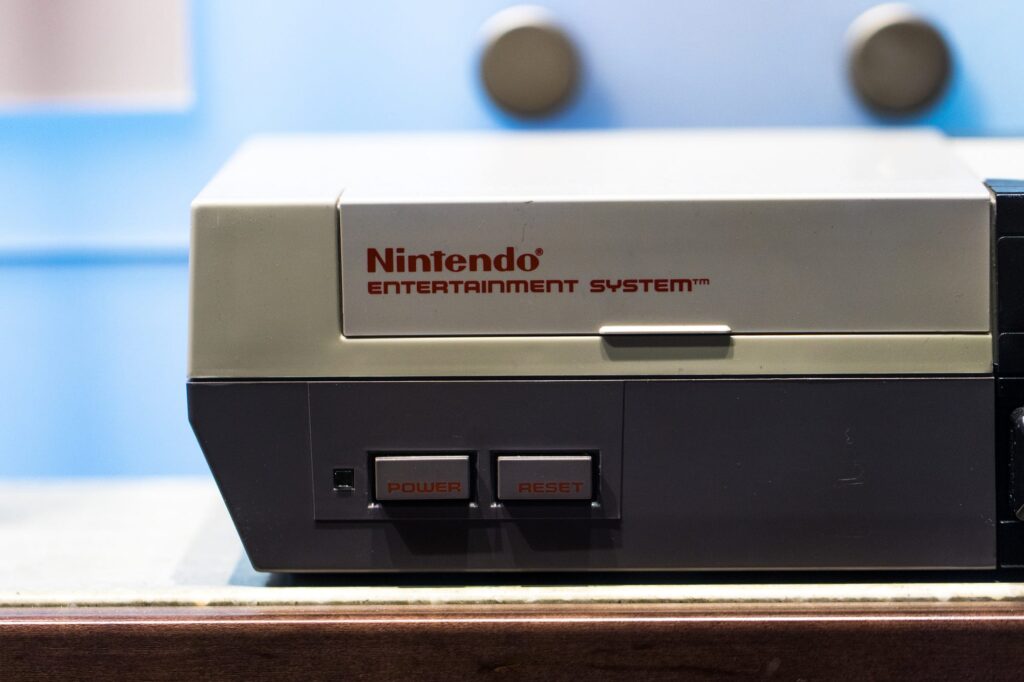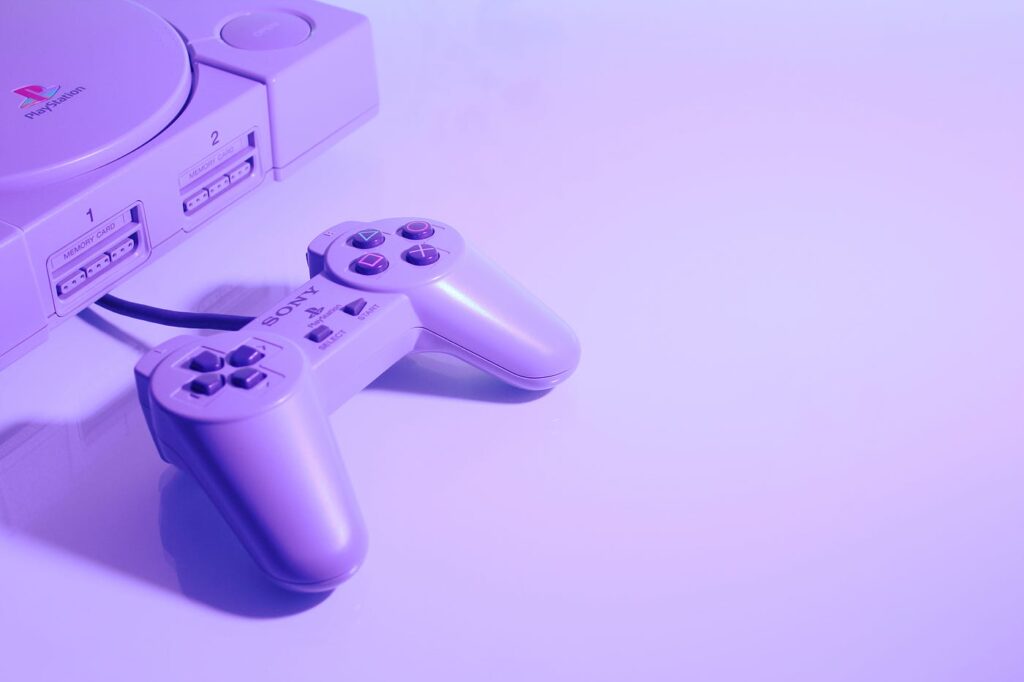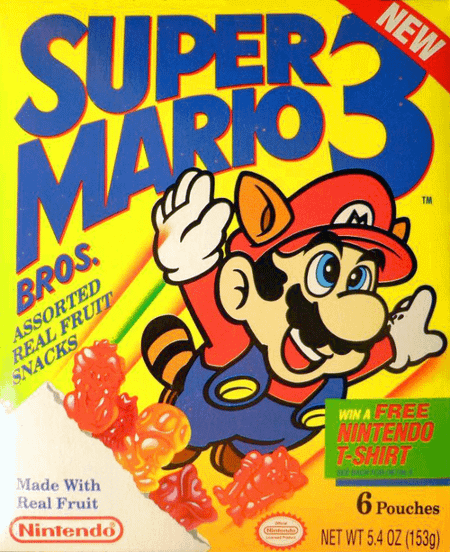In the golden age of video gaming—specifically the late ’80s through the mid-’90s—kids on playgrounds and gamers in arcades were embroiled in an epic battle that wasn’t fought with swords or spells, but with bits. The “Bit Wars” was the term used to describe the marketing and technological competition between console makers, most famously Nintendo and Sega, who constantly pushed their systems as being more powerful thanks to having “more bits.”
At first glance, the Bit Wars were thrilling. They gave rise to some of the most beloved games, unforgettable characters, and intense brand loyalty. But under the surface, the whole thing was also kind of ridiculous.
Why the Bit Wars Were Great

1. Innovation Was on Fire
To beat each other, companies had to constantly evolve. Sega introduced the Genesis as a 16-bit powerhouse to rival the 8-bit NES. Then came the Super Nintendo, which boasted better colors, Mode 7 graphics, and advanced sound. These rivalries pushed the envelope, bringing us games like Sonic the Hedgehog, Super Mario World, Donkey Kong Country, and Street Fighter II in their best forms.
2. It Was a Marketing Masterclass
“Sega does what Nintendon’t.” That one-liner alone turned Sega into a serious competitor. The commercials were aggressive, loud, and exciting. Kids picked sides, and the tension between Sega and Nintendo fans was real. That energy translated into more interest, more sales, and more creativity in game development.
3. It Fueled the Culture
The Bit Wars created a mythology around gaming. People argued over sprites vs. polygons, blast processing (even though it wasn’t really a thing), and whose console had the better version of a multi-platform game. It made gaming a topic of passionate discussion, long before Reddit or Discord existed.
Why the Bit Wars Were Stupid
1. Bits Don’t Equal Fun
The biggest flaw in the Bit Wars was the idea that more bits automatically meant better games. This was misleading. A 16-bit console didn’t guarantee deeper gameplay or better storytelling. A lot of the games were still basic platformers or beat-em-ups with different paint jobs. It was like arguing over how many blades of grass are in your backyard instead of what kind of party you’re throwing on it.
2. Marketing Over Substance
The war became more about who could shout louder than who could actually deliver. Sega hyped “blast processing” as a game-changer, but it was essentially a made-up term for a minor technical tweak. Meanwhile, Nintendo fans would talk up Mode 7 graphics even if many games didn’t use them in a meaningful way. The Bit Wars often put marketing spectacle ahead of honest innovation.
3. Dividing Fans Instead of Uniting Them
Imagine if Mario and Sonic could’ve coexisted sooner, rather than being used as weapons in a turf war. The rivalry, while fun in the short term, limited crossover opportunities and collaborations that could have benefited fans. It reinforced an unnecessary sense of tribalism in gaming, which—while nostalgic—wasn’t always healthy or inclusive.
Conclusion: Glorious Nonsense
The Bit Wars were a product of their time—a blend of raw creativity, juvenile competitiveness, and brilliant (if misleading) marketing. They helped shape the future of gaming, but they also reveal how obsessed we can become with technical specs and branding over actual fun.
In retrospect, it’s easy to laugh at how seriously we took “16-bit vs. 32-bit” or whether “blast processing” made Sonic faster than Mario. But maybe that’s the beauty of it. The Bit Wars were great because they were stupid—and stupid in the way only the best parts of childhood and nostalgia can be.


